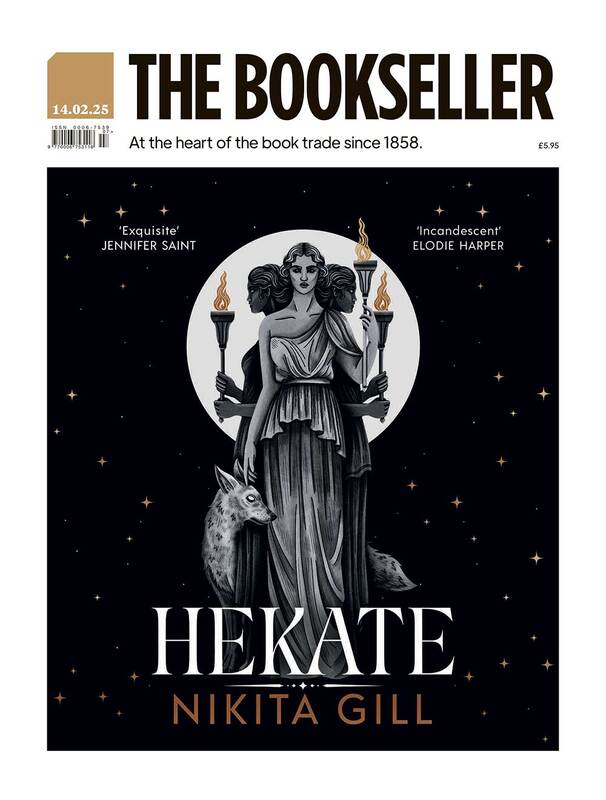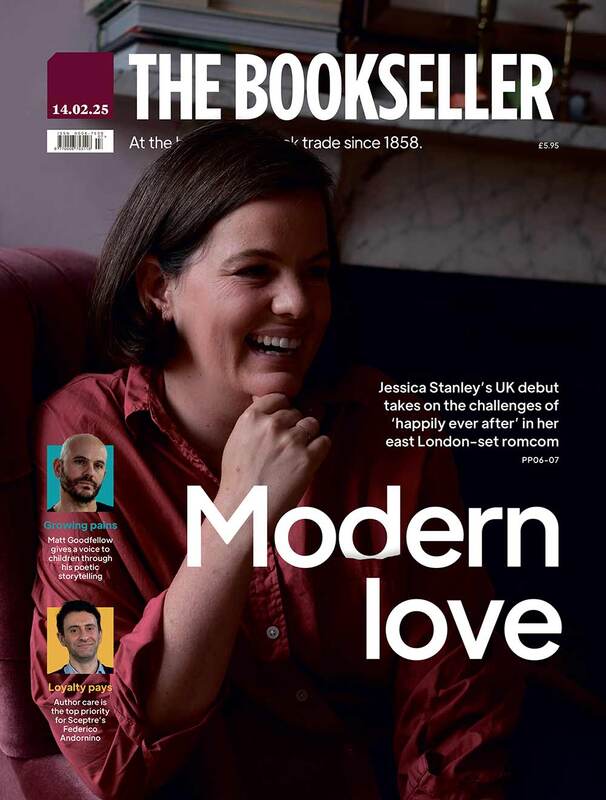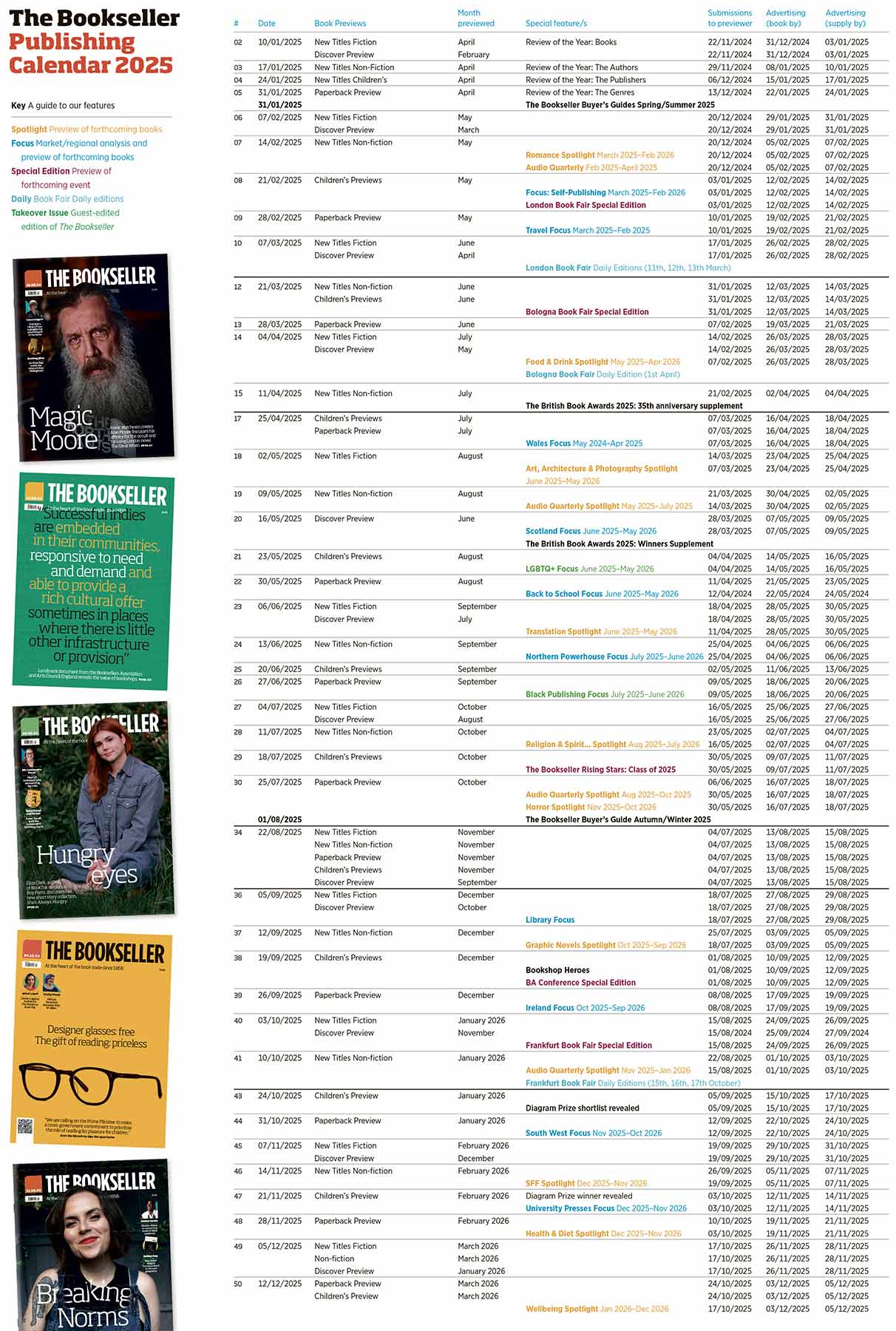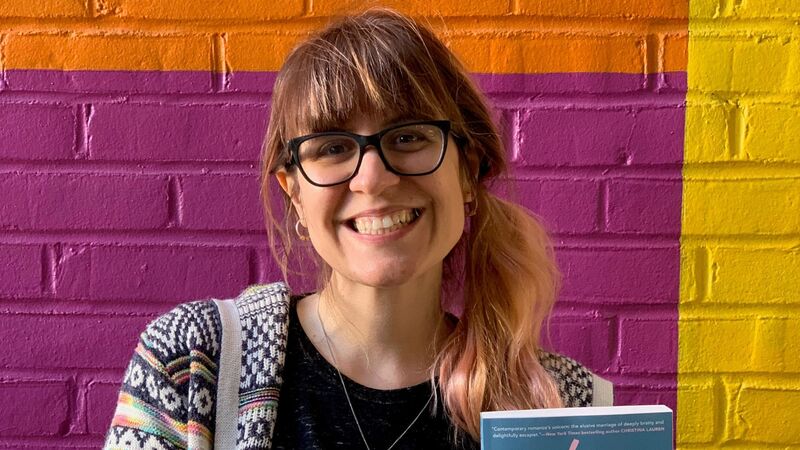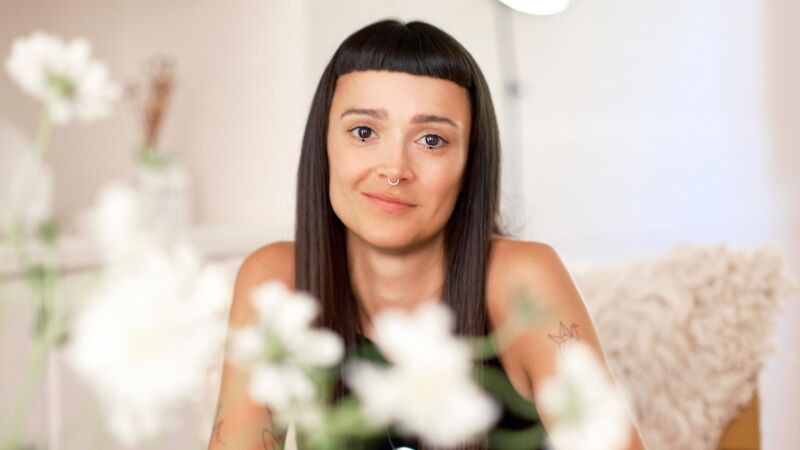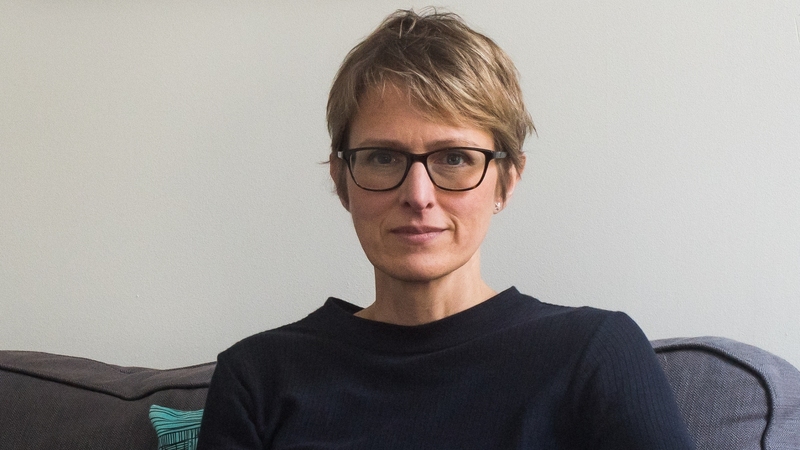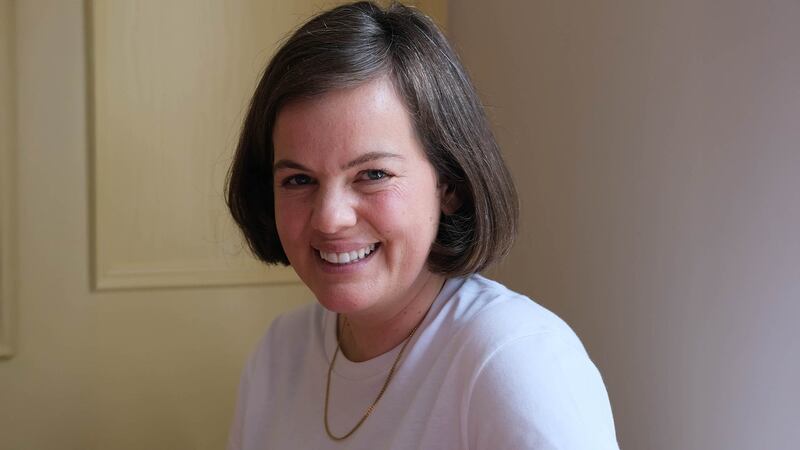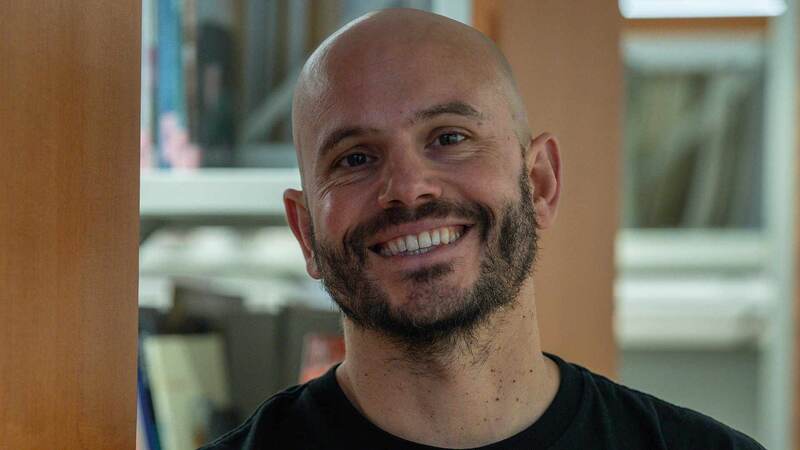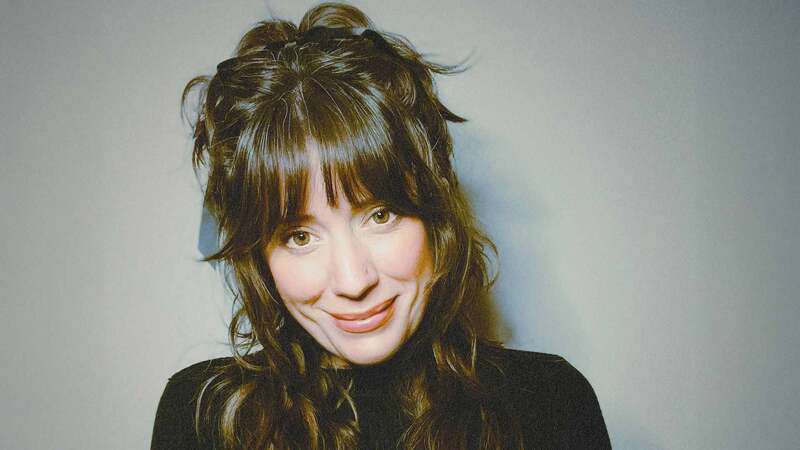You are viewing your 1 free article this month. Login to read more articles.
Non-fiction trends: editors anticipate 'unpredictable' 2016
Editors predicting 2016's trends for non-fiction have been left guessing after "unpredictable" successes Norwegian Wood by Lars Mytting (MacLehose Press) and the Ladybird Books for Grown-Ups series (Penguin) dominated charts at 2015's close; however, in a marketplace that has “grown”, editors are setting humour, clean living, biographies and "big history" high on the agenda, while following what's next in the evolution of colouring closely.
“In non-fiction, I think the market’s unpredictability is what makes it so fascinating, and it is brilliant to see readers – once again – confounding our expectations,” said Ursula Doyle, publisher for new imprint Fleet.
The success of books such as the Ladybird Books for Adult series has been taken as a sign that “humour is back”, and Pan Macmillan’s non-fiction publisher Robin Harvie forecast that “every publisher” will be looking to “replicate” it for themselves. He said: “To have one humour book take off is seen as good business, to have six to eight deliver is unheard of.”
The sell-out Ladybird Books for Grown-Ups series are authored by Jason Hazeley and Joel Morris, who first published spoof Ladybirds in 2003 in their book Historic Framley (Michael Joseph). Opening the floodgates more than a decade later, the comeback of the Ladybird spoof was anticipated by an indie take called We Go to the Gallery, which saw contemporary art satirised in the style of the Ladybird classics. It was published by artist Miriam Elia, who set up an independent publishing company for the project using funding from Kickstarter.
For independent publishers' willingness to innovate and experiment, Mike Harpley, editorial director for non-fiction at Atlantic Books, hailed 2016 “the year of the indies”. In 2015, Atlantic published half of the six-strong shortlist for the Samuel Johnson Prize, as well as the winner of the Wellcome Prize.
Harpley said: ”As auctions become ever more frenzied for the more formulaic books which ape past successes, the more innovative acquisition strategy of independents has shown it’s not always the book on high six-figure advances that end up with high sales and the accolades”. He added: “The quality non-fiction that does well in 2016 will once again be that which contains truly original ideas and a fresh voice. And that is most likely to come from indies who aren’t just chasing the ‘sure thing’ (which often turns out that it isn’t).”
Celebrity autobiographies experienced disappointing sales over Christmas, while runaway successes included a book about chopping wood in Scandinavia, published by Quercus translation imprint MacLehose Press. “Nobody could have predicted that a guide to chopping and stacking timber would sell the same number of copies as Tom Jones’ memoir”, commented Katy Follain, non-fiction publisher at Quercus.
Publishers are optimistic for the autobiography's future, however. Anna Valentine, publishing director for Orion non-fiction, said: “I’m sure there will be many who grumble that the ‘celebrity memoir’ is dead. I disagree; it’s about being creative with the format, priding quality above all else and delivering a ‘warts and all’ story that gives readers something beyond what they can access on Wikipedia that will keep the genre alive.”
Autobiographies are expected to make “significant inroads” at Pan Mac, too, focusing on the “traditional UK-focused celebrity memoir”.
In sport, Pan Mac is bringing out the "big guns" in 2016 to publish autobiographies of high-profile sportsmen boxer Roberto Duran and football legend Johan Cruyff. Harvie remarked on “strong offerings” in sport from publishers in sport, proving that the genre “doesn’t need Olympic-buzz levels to generate serious sales”. “I expect to see this continue,” he added.
At the “more serious end”, Harvie, nodding to Mary Beard, also believes there is “renewed appetite for big history with a high average selling price”. He said: “I expect to see more publisher offerings into this space in the autumn market, traditionally reserved for mass-market hardbacks”.
Alan Samson, publisher at Weidenfeld & Nicolson, non-fiction, meanwhile expects to receive proposals for books on medieval times. “We are living in a time of anxiety, there is a hum of apprehension around,” he said, “so I would expect counterintuitive submissions - Arthurian legends, allegories and books on the medieval world.”
Drilling down into some of what were 2015’s biggest trends, the colouring-in phenomenon has had publishers trying to anticipate where the trend within crafting books will go: wondering how long it will be with us, and how it develops from here.
Denise Bates, group publishing director for Octopus Publishing, described two emerging trends based on its sales, anticipated to accelerate in 2016: “First of all, a move into branded and author-led colouring titles - a lot of consumers have tried general titles, got hooked, and now want something that little bit more special to tempt them on to the next stage. Our Vogue Colouring Book, for example, is flying - internationally as well as in the UK - and we are getting excellent orders for the Orla Kiely colouring title we have coming up in March.
“Secondly, I think we'll see colouring-in having an impact on creative art and design publishing generally. It's not a great leap from colouring in images, deciding on colour schemes etc to wanting to create your own. We think there will be an increasing appetite for smart, instructional drawing and design titles among those who want to be that little bit more creative.”
The trend has become "over-saturated", according to Harvie at Pan Macmillan. He said he expected to see “a number of books through the spring that try to anticipate the market’s shift away from a trend that has become over-saturated”.
And Valentine went so far as to predict the colouring-in craze would “dissipate” altogether - although, she said "all those captivated by the benefits of art therapy will look for how the genre has evolved". Orion is publishing a new series called Draw Your Way to a Younger Brain that explores the link between drawing and improved cognitive function.
As consumers “look for ideas beyond colouring”, Bates predicted Dot-to-Dot books to also “gather momentum”, branding colouring books as “just one strand of an explosion in adult activity books”.
Moving onto the well-publicised trend of "healthy living", taking a holistic approach incorporating mind, body and spirit, Carole Tonkinson at self-help list Bluebird is preparing to usher in “the next generation of self-help” she says will be “more evenly spread in terms of gender” and both "younger” and “hipper” for the TED Talk audience. Tonkinson has predicted that we’ll see more “groundbreaking mental health memoirs”, covering topics such as anxiety.
Following the performance of Giulia Enders’ Gut in translation (Scribe publications), Bluebird is set to publish three books tackling the topic from different angles - diet, parenting, cookery - two of which are written by eminent doctors and one by a nutrionist.
“We understand more about stress and performance now than ever before—and getting enough sleep (colouring), the right nutrition (for energy), mindfulness (for calm),” she said. “I think we’ll see lots of successes in these areas.”
Heralding it an “extremely exciting time to be in food publishing”, Bates pointed out that while there is “no doubt” that healthy eating would continue trend.
Amanda Harris, publisher for Orion non-fiction, agreed, adding that healthy titles will “continue to outperform most of the non-fiction market”, with “quality not quantity” the order of the day, and with publishers pushing design and productions boundaries.
Orion non-fiction publishing director Anna Valentine agreed only “a small handful of authors“ would be able to rise above the crowd, given the market is becoming “increasingly saturated”. She said: “I expect there will be some big winners and losers in this field. Authenticity and credibility will, I feel, be crucial factors that determine success.”
Looking to capitalise on the success of Joe Wicks’ Lean In, which has “dominated” the so-called “New Year, New You” area of publishing, Bluebird has promised two more books from Wicks on the way in June and December 2016. Publisher Tonkinson - commenting “he seems to be compared with Jamie Oliver constantly” - said, "I think they are going to find a big audience, too”.
In terms of cookery, she said: “I think vegan and vegetarian cookery will continue to gain momentum”.
In tandem to healthy eating, Bates reported “a wonderfully healthy interest in authentic regional cuisines”, shown by an increased willingness from readers and retailers alike, “including supermarkets which in the past may have run for the hills,” to support books experimenting with food from different cultures. Octopus’ publishing pipeline will bring regional African to Japanese cuisines into many more kitchens. It is also publishing new titles by Sabrina Ghayour on Persian food and Olia Hercules on Ukrainian cuisine this year, as well as debut authors on K-Food (Ameri-Korean) and an insider's take on the food of Rome in As The Romans Do. “It's thrilling to see such individual, distinctive voices in food really resonating,” she said.
Looking outside of food, Valentine also predicted readers would “continue to look to other cultures for escapism and ways to improve our overall wellbeing”, noting non-fiction successes of Marie Kondo and Lars Mytting.
In drink, with wine books “increasingly outsold by other drinks titles: beer, spirits and cocktail books”, Bates also noted the market for books about our preferred tipples, from sherry to gin, was also expanding.
New ways of consuming content online will continue to have a knock-on effect on publishing trends, generating a “new breed of talent”.
Valentine commented: “As our next generation of readers increasingly consume content via social media – particularly Instagram and YouTube – rather than ‘traditional’ platforms such as TV, we’ll continue to see big publishing trends and a new breed of talent emerge from these arenas. It’s important to be distinctive and have a strong voice – each book has to shout to be heard.”
Tonkinson agreed, noting “the power of celebrity” would come from “more diverse places”. “We’ve seen that with the rise of the YouTubers but also recently Instagram stars and it really widens the field and makes for some lovely publishing surprises,” said Tonkinson.
Venetia Gosling, publisher at Macmillan Children’s Books, added there would be the “continued influence of YouTube on all genres and age ranges, both creating and hosting content”. But, as the vlogger phenomenon reaches unprecedented levels, “whether it can be maintained,” however, for Harvie "remains to be seen".
Read editors and publishers views on 2016's fiction trends here.

